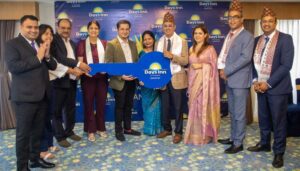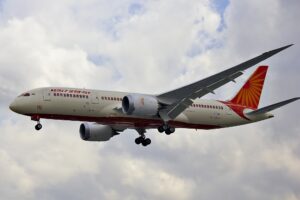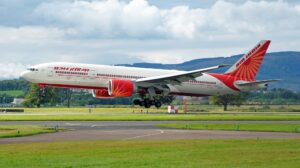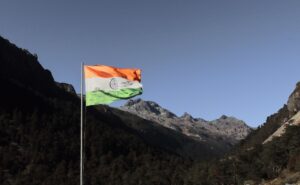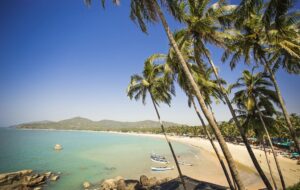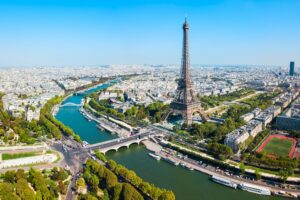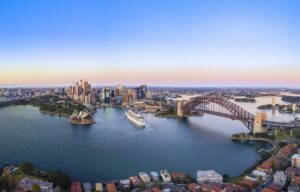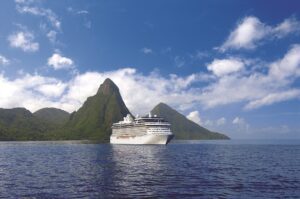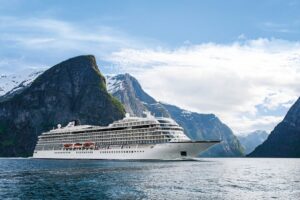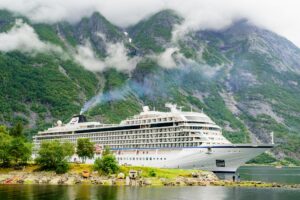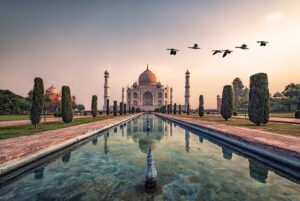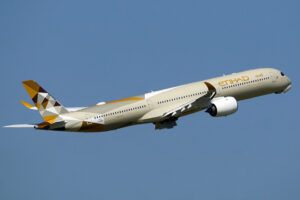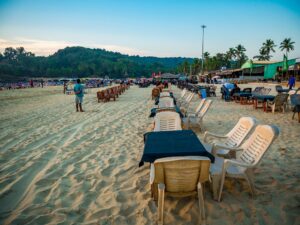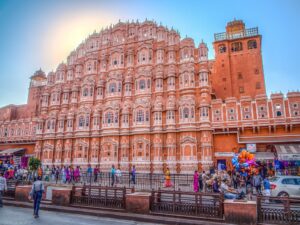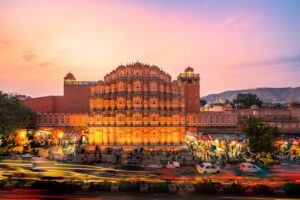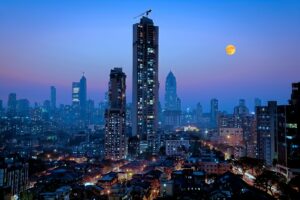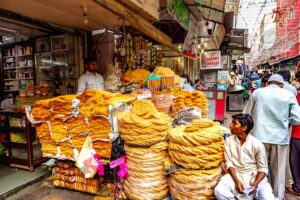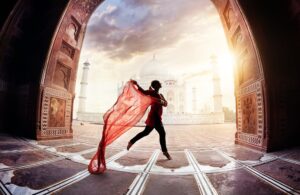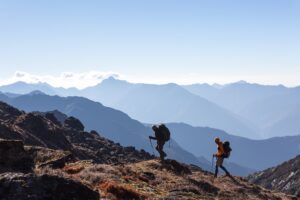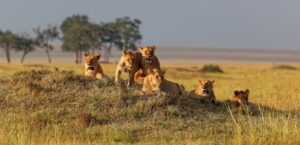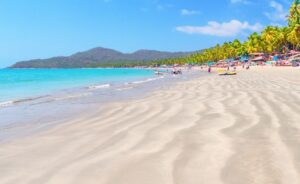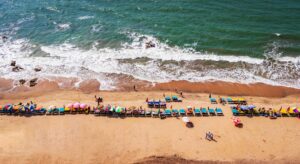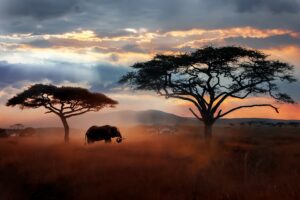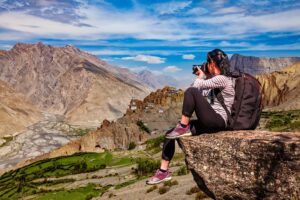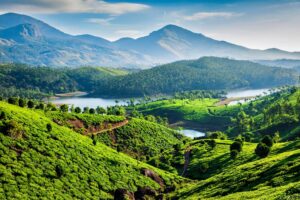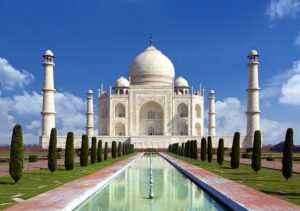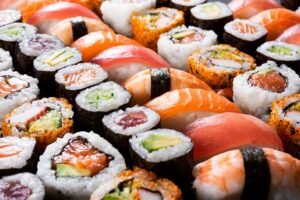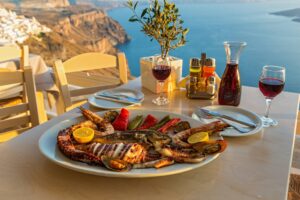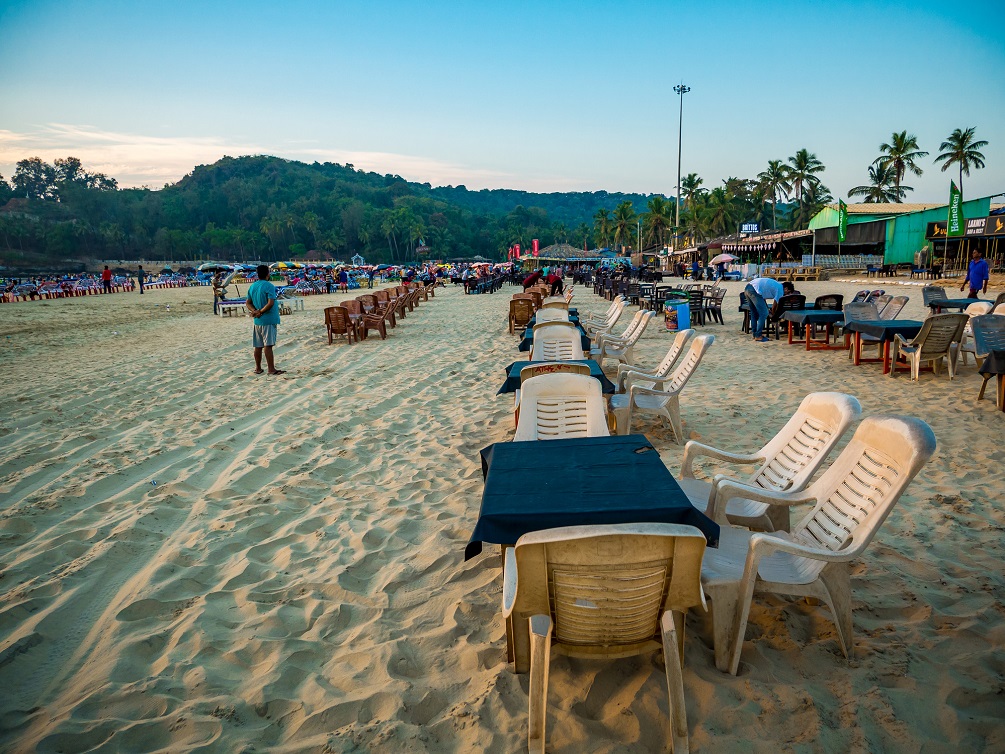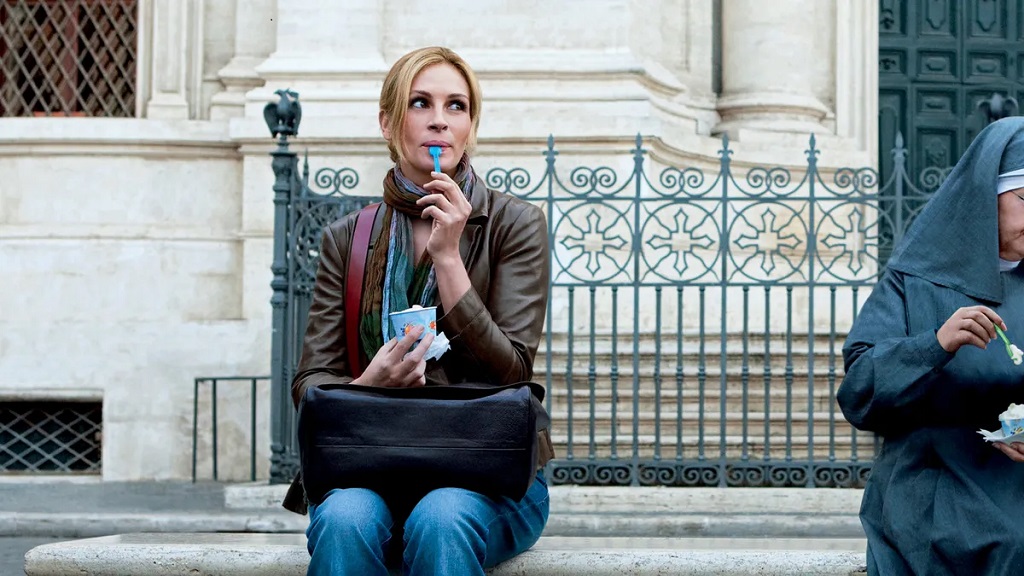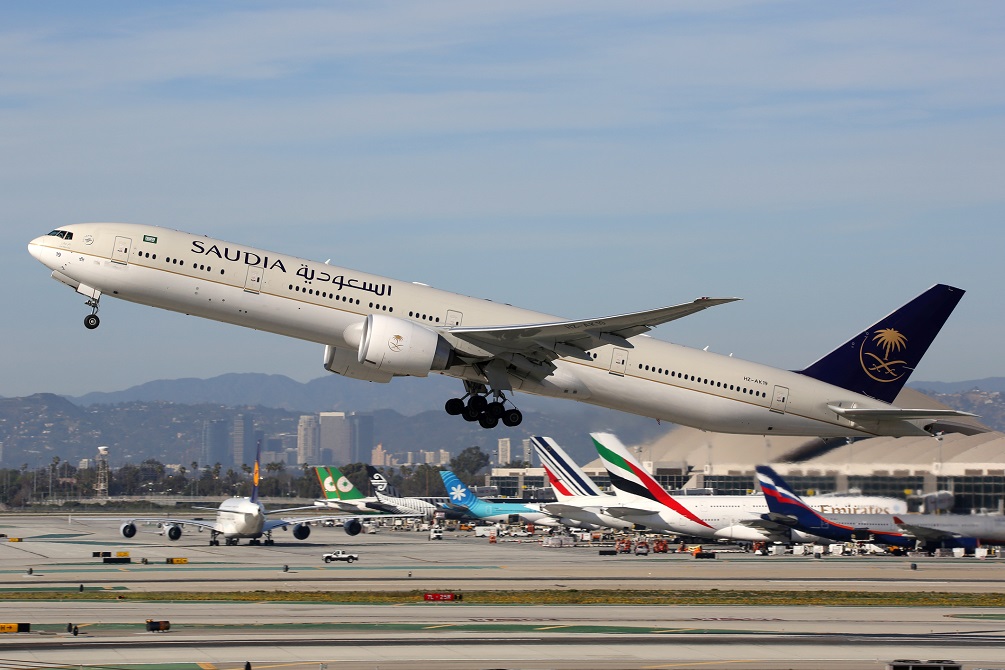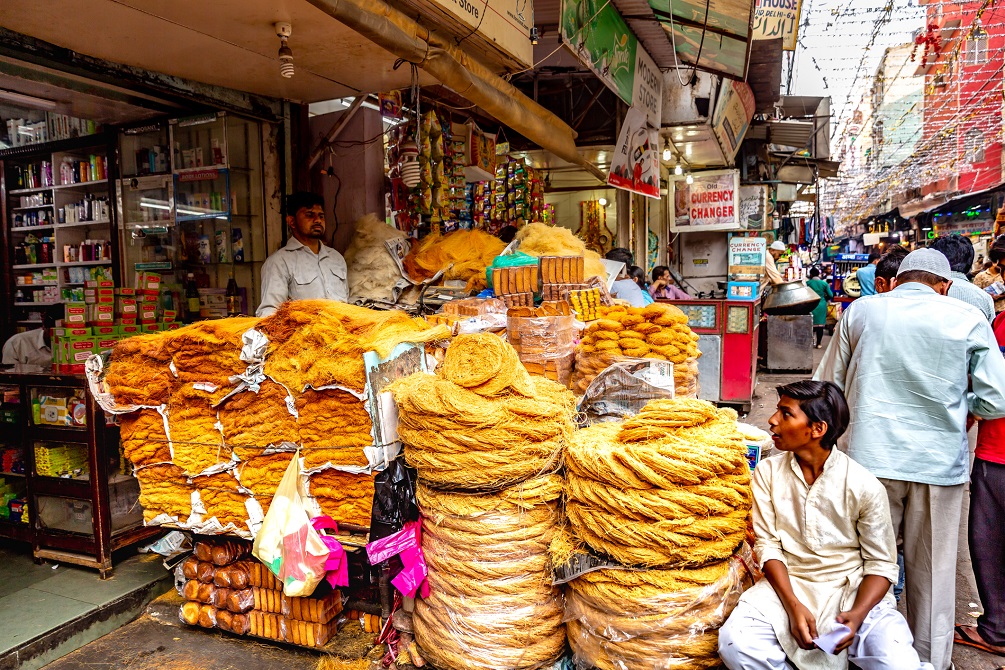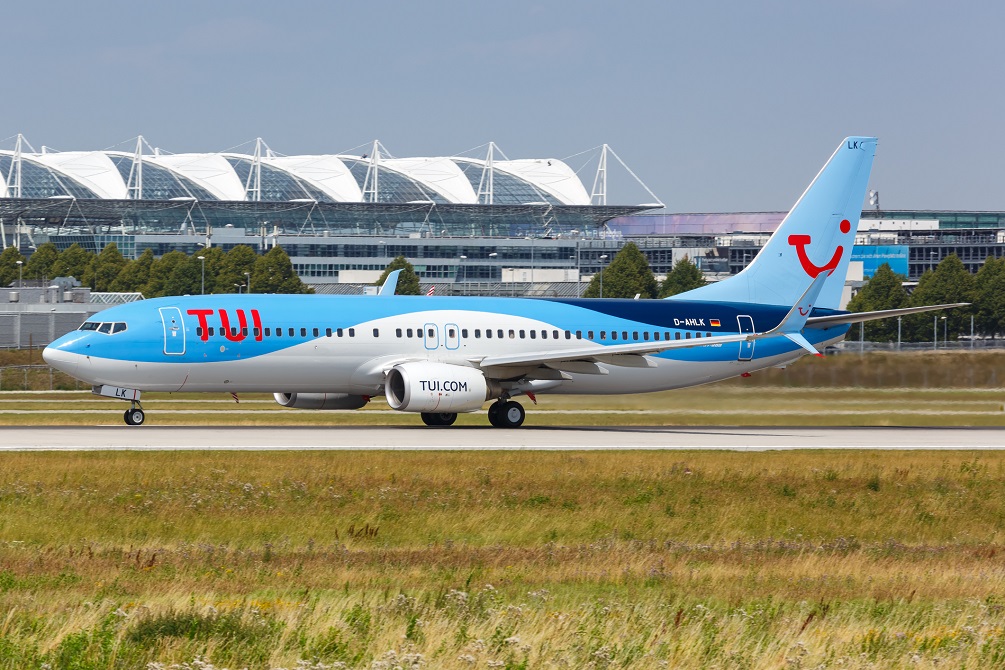India
With a diversity of traditions, spiritual beliefs, natural wonders, and cultures, India is magical and mystical in equal measure.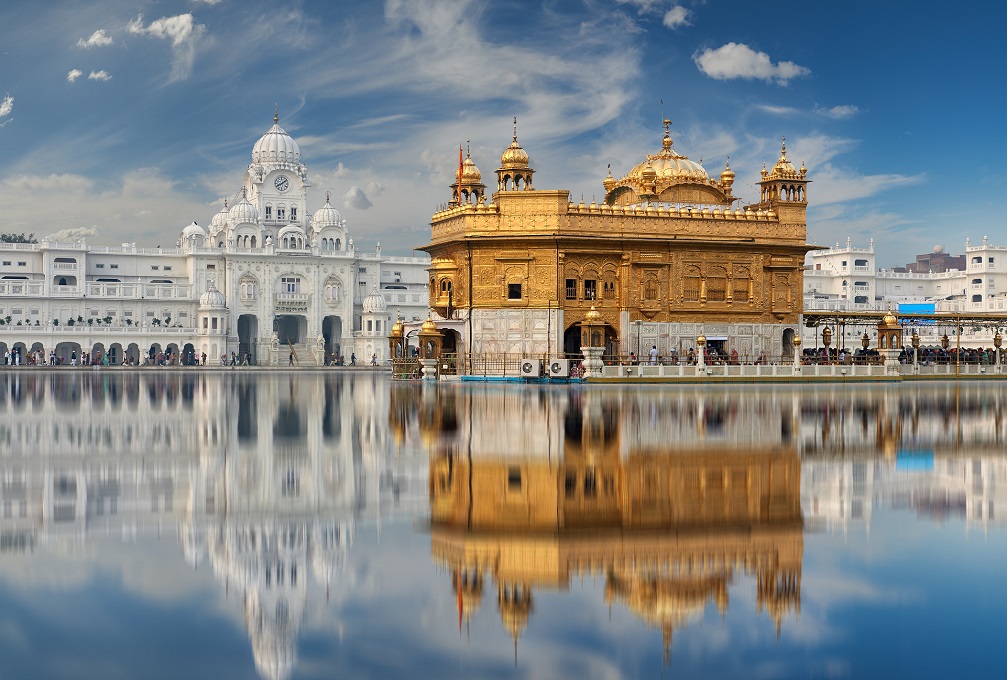
There’s a lot to look forward to when you travel to India. Its natural beauty is as varied as its cultures and traditions. From sunny beaches and snow-covered peaks to flowing rivers and vast deserts, its outdoor attractions are truly breathtaking.
Visit the resplendent palaces of Jaipur in Rajasthan, dip into the beaches of Goa, float in the backwaters of Kerala, soak in the history of Hampi in Karnataka and pay your respects at the Golden Temple in Amritsar, Punjab.
India is an intrepid traveler’s dream. From blood-pumping safaris and high-octane sports to adventurous jungle walks and energetic mountain treks, it has all you need to give you an adrenaline rush like never before.
Apart from this, India is home to an abundance of historical landmarks and monuments like the Charminar in Hyderabad, Taj Mahal in Agra, Gol Gumbaz in Bijapur, Gwalior Fort in Madhya Pradesh, Gateway of India in Mumbai, and India Gate in Delhi, to name a few.
Spirituality undoubtedly runs through the length and breadth of the country, marking it with sacred places of worship. Temples, mosques, churches, gurudwaras, and sun temples are dotted across the country. The variety of divine sites and rituals are an ode to India’s multi-faceted and vibrant religious history.
For a cityscape, you can visit the bustling metros of Mumbai, Delhi, Bengaluru, and Chennai. A cacophony for the senses, Indian cities overwhelm you with their clamor and sounds.
The home of Ayurveda and yoga, India is a paradox that will charm you with its contradictions, variety, and beauty.
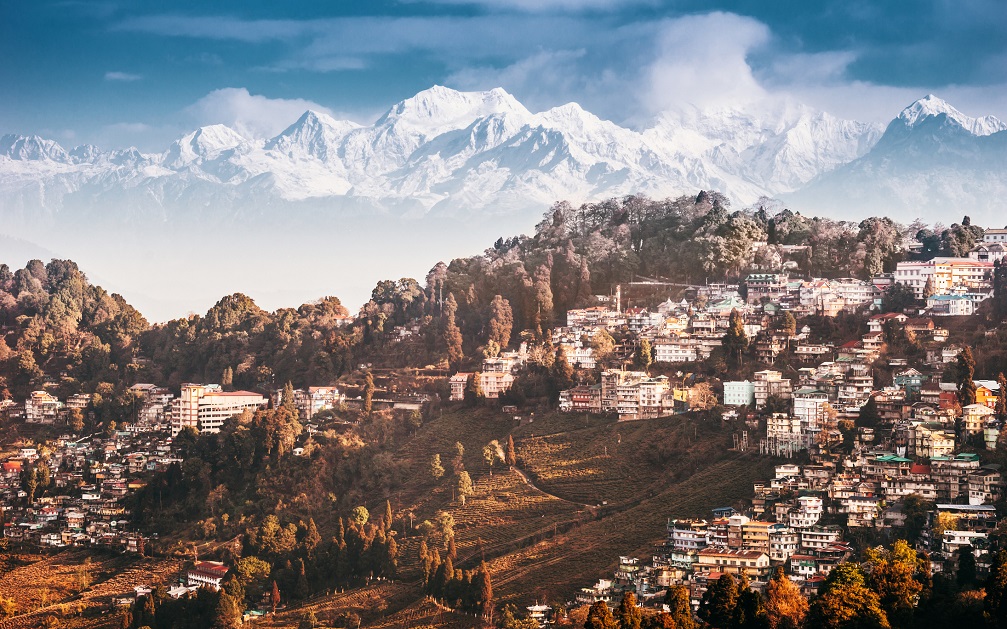


The Himalayas stand in between India and the rest of Asia, separating it from mainland Asia. It is the seventh biggest country in the world, with an area of 3.3 million square kilometers, comprising 7 union territories and 26 states.
India is divided into four main regions: the Northern mountain range, the Indo-Ganga plain, the Desert area, and the Southern peninsula.
North India comprises mountain ranges at the top and desert areas at the bottom. The west coast is lined with some of the most beautiful beaches and rainforests. East India is home to the Ganges river and much of the Himalayan foothills, while South India has backwaters and beaches.
India is bordered by Pakistan to the North West; China, Bhutan, and Nepal to the West; Bangladesh and Bhutan to the East. The Arabian Sea lies to the West, the Bay of Bengal to the East and the Indian Ocean lies to the South.
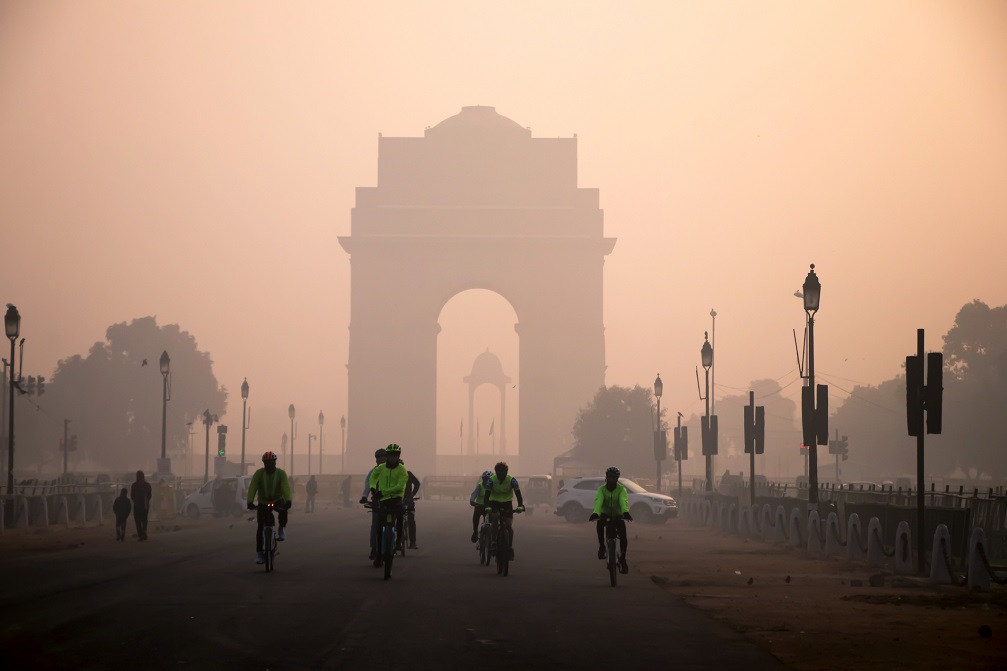


India’s climate is mainly warm throughout the year. It has three seasons viz. Summer, Monsoons, and Winter.
Summer runs from mid-March until the end of May, while Monsoons begin in June and run through September. Winter begins at the end of November and goes on until the end of February or the beginning of March.
Summers are hot and humid with temperatures ranging from 28C to 40C, while winters are fairly pleasant with temperatures running from 20C to 25C. These temperatures may differ depending on the regions that you visit. For example, Shimla in the North is often covered in snow and temperatures may drop radically.
India experiences heavy rainfall in most regions in the monsoons, with flooding in some areas.
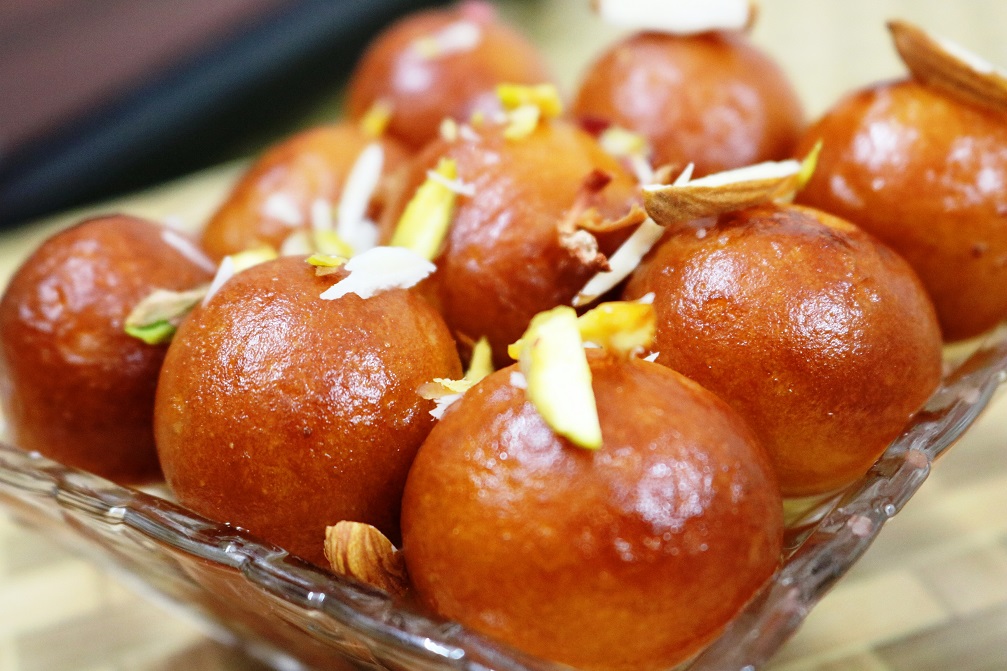


Indian cuisine is as vibrant as its culture, with a myriad of flavours and textures, that promise a feast for the senses. Each of the regions has its own staples, making India a mecca for food lovers. Half the pleasure of a holiday in India is the food. Any India tour that doesn’t focus as much on food as it does on the attractions you are visiting is not worthy of your participation!
The thread that binds all types of Indian cuisine is the unique blend of spices that gives the food its aroma and flavour.
If you travel to North India, roti, chapati and naan are fairly common, while in South India, coconut is used as an active ingredient in most dishes.
Curries are prepared and eaten everywhere in India and there is a variety of them to choose from. A journey across India without curry is like a honeymoon without a spouse- it simply would not happen!
The much-talked-about street food is delicious and available at most corners. Bhelpuri, panipuri and Shivpuri are favourites all across India.
You can’t travel to India without tasting a Masala Dosa. A South Indian dish, the best places to try one are in Kerala, Andhra Pradesh or Tamil Nadu. A dosa is a rolled-up crepe, created from fermented rice and served with a potato filling. Chutney and Sambhar dip accompanies it.
In the coastal states of Kerala and Goa, fish, curry and rice are much-relished favourites.
The Hyderabadi biryanis are also delicious must-haves on your visit to India. No visit to India is complete without tucking into a thali, a platter of small sides comprising lentils, pulses, vegetables, chicken or fish, served with rice and chappatis. The thalis are available in both North and South Indian varieties.
For dessert, try the Gulab Jamun, a brown spongy doughy ball; the rosogulla, a preparation of milk and the kulfi, a type of milky ice cream.
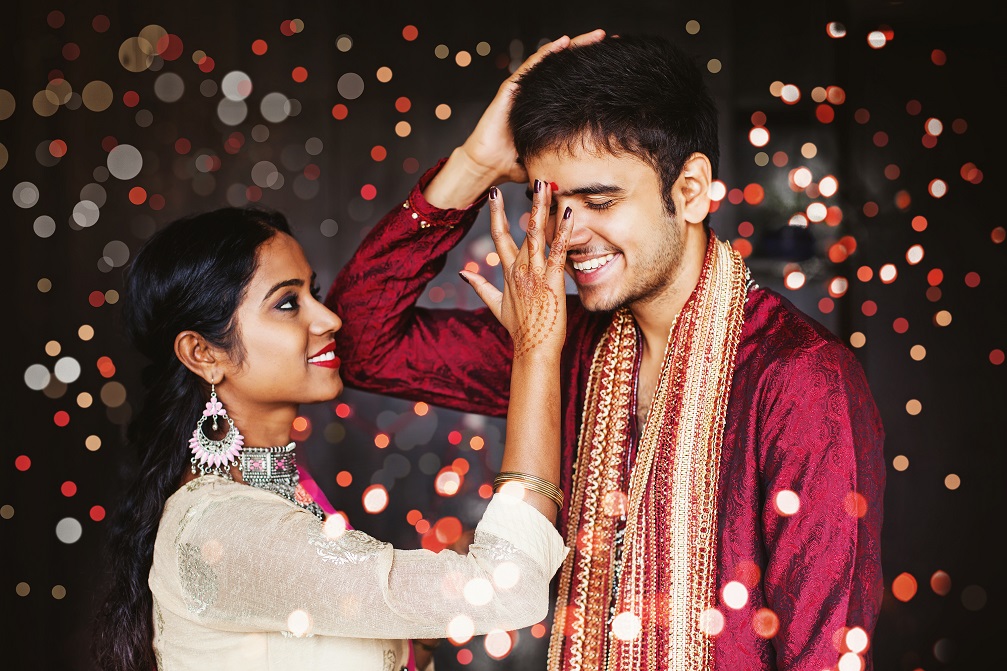


Casual dressing in India is acceptable however, certain regions in India are conservative. So, when preparing for your India journey, it is best to avoid packing clothes that expose your shoulders, legs, and cleavage.
Women can carry skirts and flowy dresses. Jeans, trousers, shirts, and t-shirts can be worn all across India. Shorts can also be worn at the beach and even in the bigger cities like Mumbai, Bengaluru, and Pune. Carry a light sweater or a jacket, just in case it gets breezy or cool.
For footwear, carry trainers, flat shoes and sandals. Heels can be worn if you’re going to a party or somewhere more formal.
Overall, you’ll find bright colors, heavy jewelry, saris, and kurtas worn all across India by the locals.
Men can wear jeans, trousers, t-shirts, and shirts. Remember, it is quite warm here, so light breathable fabrics are better. Cotton and linens are advisable. Pack sneakers and a casual pair of shoes for day tripping.
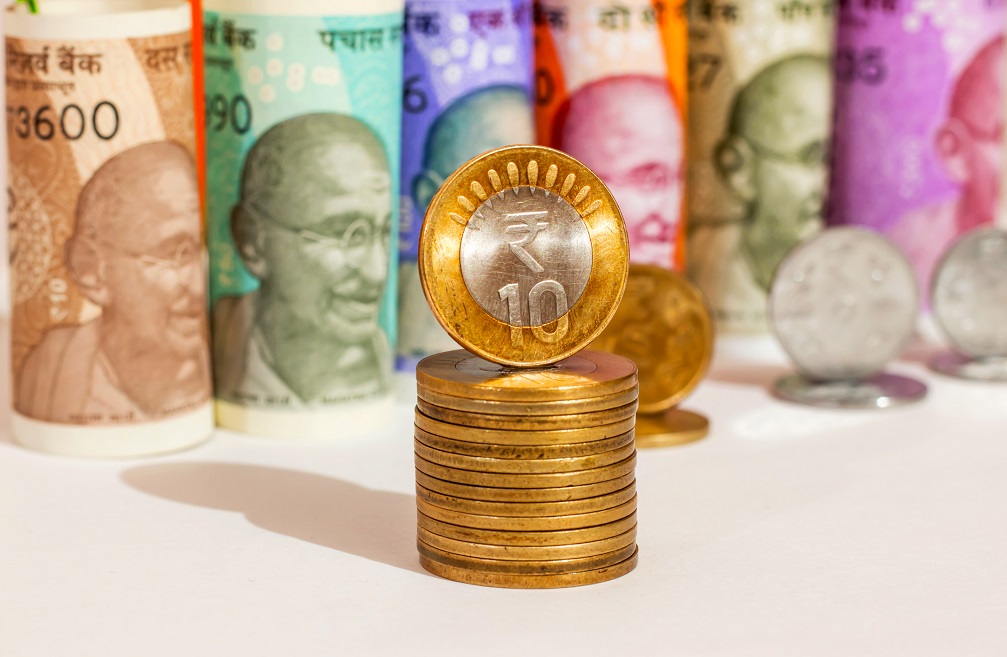


Indian Rupee (INR) is the currency in India. 1 Pound Sterling is approximately 100 INR at the time of writing this.
You can carry travellers’ cheques (in pound sterling). Bank cards are accepted and can be used to withdraw rupees and exchange when you are in India.
Foreigners cannot carry INR to India since the rupee is a closed currency. Indian residents can carry up to Rs. 25,000 (250-pound sterling approximately) to India, without requiring to declare.
However, foreign currencies can be brought into India. Travellers can carry up to US$5000 or its equivalent in another currency, coins or notes or the US $10000 or its equivalent in any other currency, in notes, travellers’ checks and coins, combined. If the amount is higher, it will need to be declared.
Currency can be exchanged at airports, banks, exchange houses and some hotels. MasterCard, Maestro, Cirrus and Visa are also accepted at most ATMs.
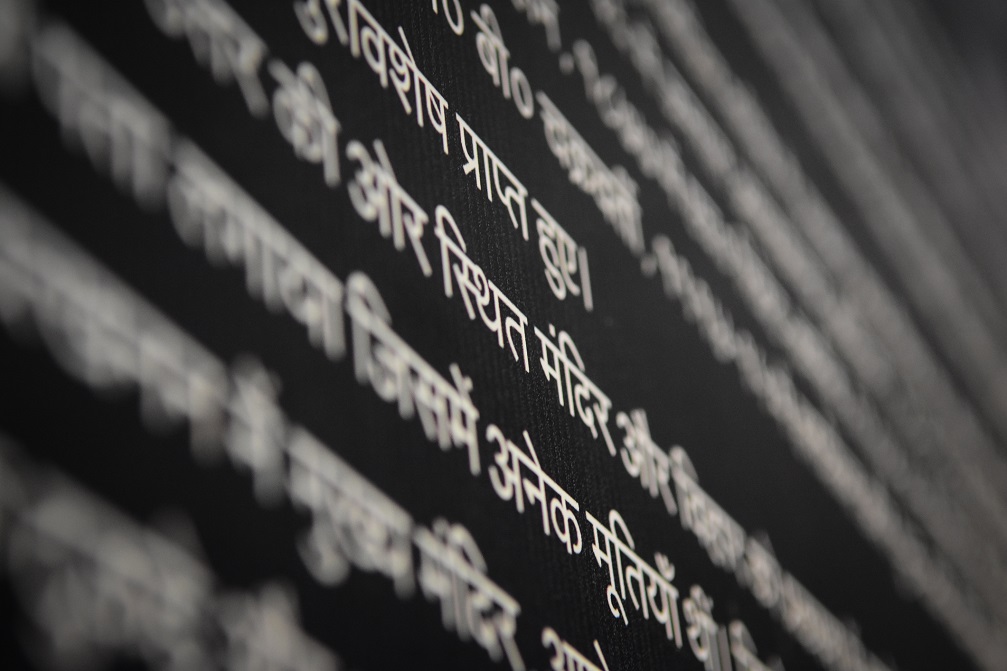


Hindi is the most widely spoken language in India, but most States have their own language and even various dialects within those languages.
In the north, you may come across Kashmiri, Punjabi, and Sindhi, while Kannada, Malayalam, and Telugu are spoken in the South.
Konkani is spoken in Goa and Marathi in Maharashtra, while Bengali, Oriya, Assamese, and Manipuri are spoken in the East. In all, there are 22 different languages that are spoken across India.
Sanskrit is an ancient language and is studied in some schools and colleges. English is spoken in most cities and sometimes in a few smaller towns.
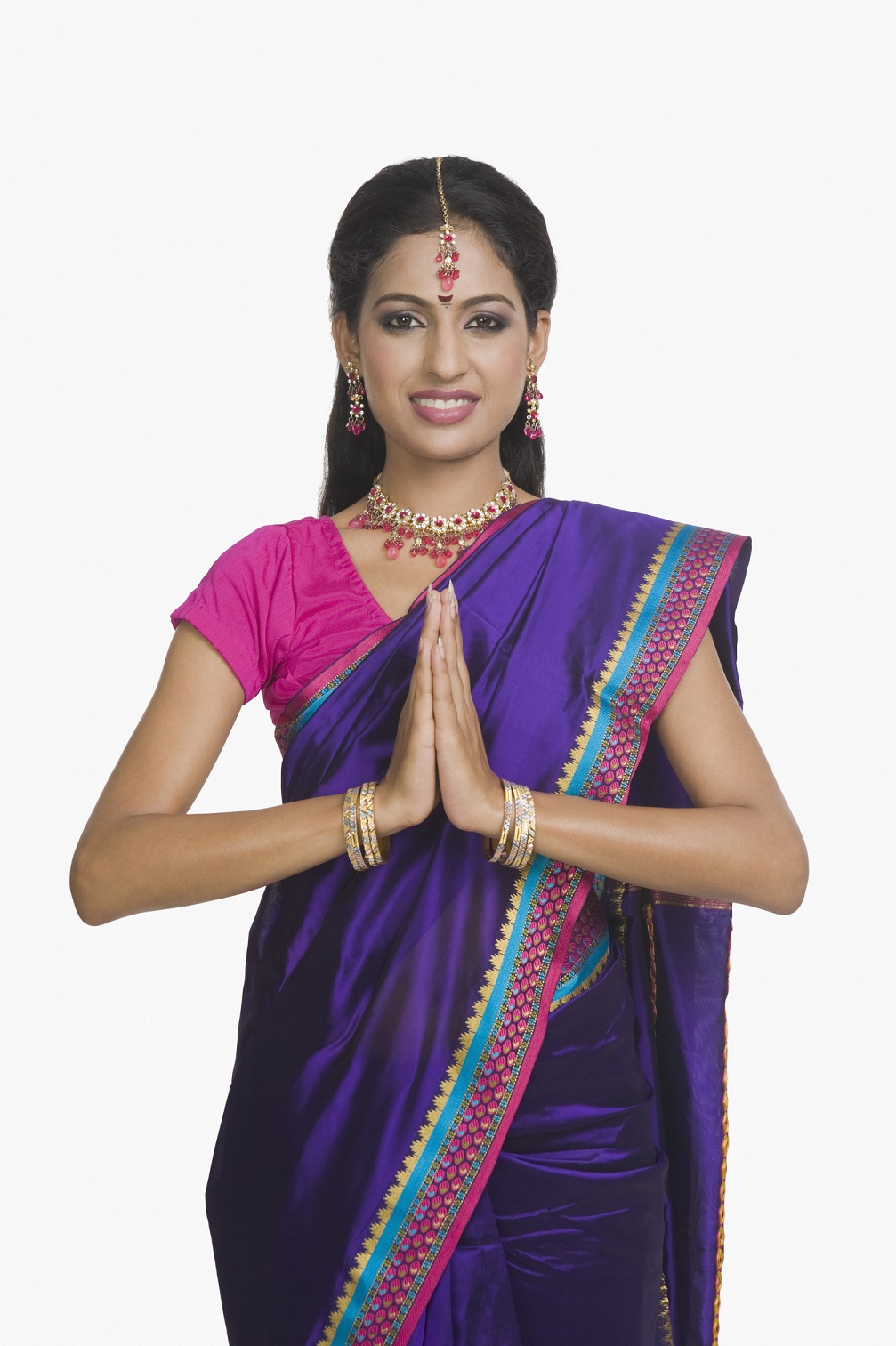


When you travel to India, you will notice that culture and customs in India differ from State to State.
Namaste is the most widely used Indian greeting and is a courteous way of saying hello, thank you, or goodbye. Its translation is ‘I bow to the divine in you. Put together both palms in a prayer-like pose to create a Namaste.
Joint families and arranged marriages are quite common in India. You’ll find eating with your hand pretty quite commonplace. Eat with your right hand and shake hands or offer money and gifts with your right hand while in India. The left hand is used for taking off shoes, cleaning your feet, and other less pleasant functions.
Religion is taken quite seriously in India and it is important to show respect around temples, shrines, mosques, and gurudwaras. Sometimes, women are not allowed entry into certain sanctums.
Sometimes Indians may tend to unintentionally ask personal questions like if you have a family or your religious beliefs or your job and income. In turn, most will reciprocate happily if asked the same.
People in the metros are inclined to be more Western in their approach and behavior.
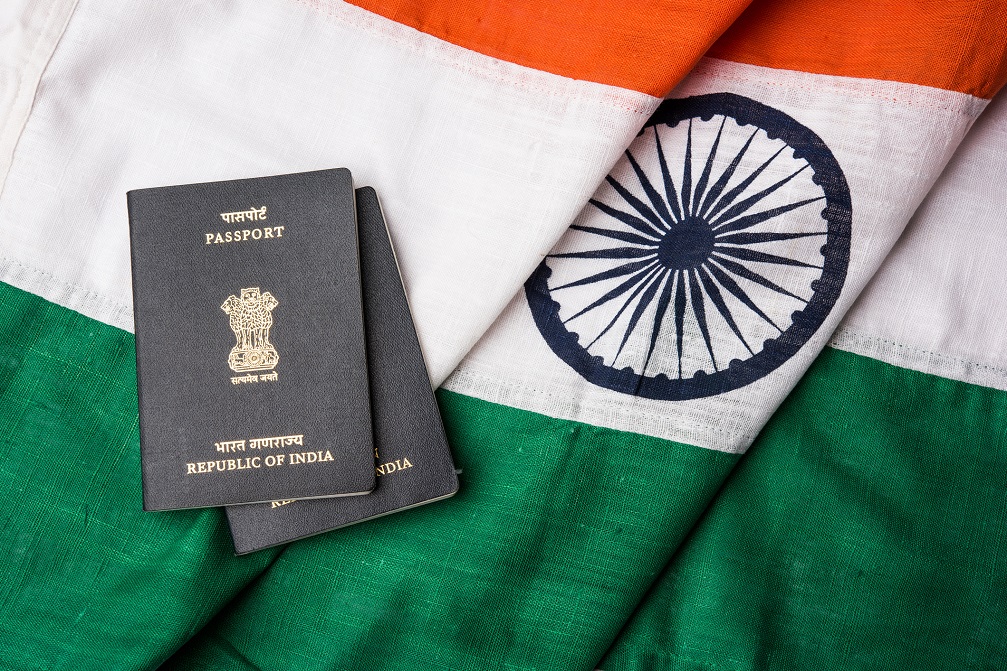


You will need a visa before you travel to India. Transit visas, as well as e-visas, are issued.
If you intend to apply for an e-visa, please check the eligibility criteria. You won’t be eligible for an e-visa if you are not a ‘British Citizen passport holder.
Those who have dual Pakistan-British nationality should apply for an Indian visa on their Pakistan passport. In case, you have surrendered your Pakistani nationality and your passport stands canceled, evidence of this will need to be submitted.
Ensure that your passport has a validity of a minimum of 180 days before you enter India. In addition, it should be machine-readable and contain at least 2 blank visa pages.
OCI cardholders don’t require a visa to enter India. On entry, you’ll have to produce your OCI card and valid passport.
Travel to India, and get blown away by the sheer variety, color, and culture of the land, its people, customs, and traditions.
Keywords used: Travel to India – 5 times.
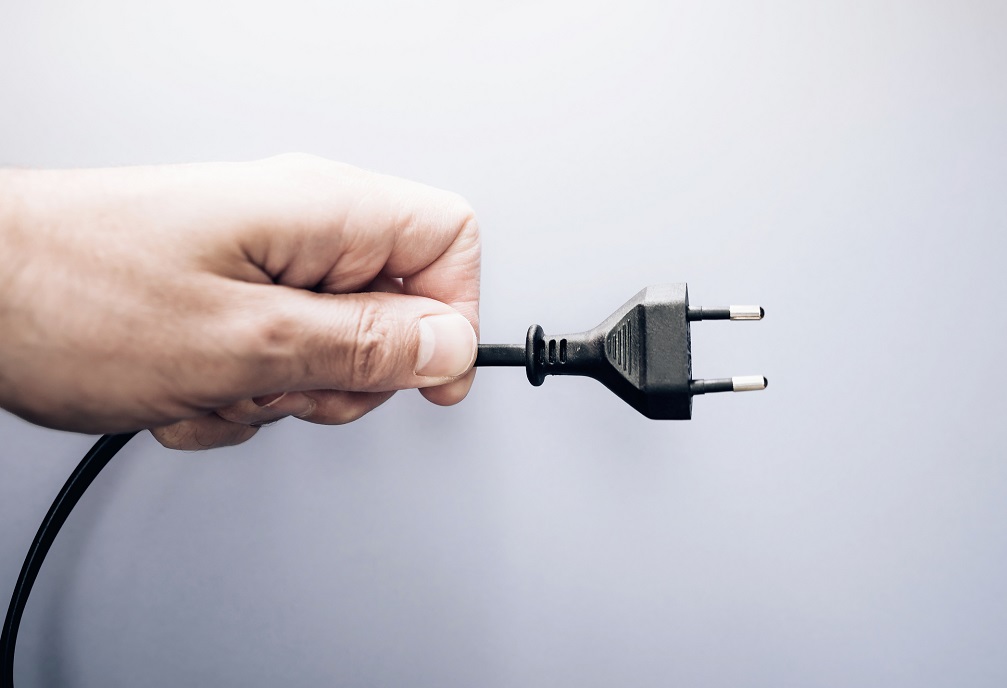


India has a supply voltage of 230V and a frequency of 50 Hz. There are three different plug types: C, D, and M. Type C have two round pins, type D has three round pins and type M also has three round pins.
It is recommended that you buy a travel adapter when you travel to India.
For more information, do read the appliance label. Some appliances don’t require a converter. Does the label say ‘INPUT 100-240V, 50/60 Hz’? Then you can use it in any country. This usually applies to laptop chargers, cameras, mobile phones, and tablet chargers.



There’s a lot to look forward to when you travel to India. Its natural beauty is as varied as its cultures and traditions. From sunny beaches and snow-covered peaks to flowing rivers and vast deserts, its outdoor attractions are truly breathtaking.
Visit the resplendent palaces of Jaipur in Rajasthan, dip into the beaches of Goa, float in the backwaters of Kerala, soak in the history of Hampi in Karnataka and pay your respects at the Golden Temple in Amritsar, Punjab.
India is an intrepid traveler’s dream. From blood-pumping safaris and high-octane sports to adventurous jungle walks and energetic mountain treks, it has all you need to give you an adrenaline rush like never before.
Apart from this, India is home to an abundance of historical landmarks and monuments like the Charminar in Hyderabad, Taj Mahal in Agra, Gol Gumbaz in Bijapur, Gwalior Fort in Madhya Pradesh, Gateway of India in Mumbai, and India Gate in Delhi, to name a few.
Spirituality undoubtedly runs through the length and breadth of the country, marking it with sacred places of worship. Temples, mosques, churches, gurudwaras, and sun temples are dotted across the country. The variety of divine sites and rituals are an ode to India’s multi-faceted and vibrant religious history.
For a cityscape, you can visit the bustling metros of Mumbai, Delhi, Bengaluru, and Chennai. A cacophony for the senses, Indian cities overwhelm you with their clamor and sounds.
The home of Ayurveda and yoga, India is a paradox that will charm you with its contradictions, variety, and beauty.



The Himalayas stand in between India and the rest of Asia, separating it from mainland Asia. It is the seventh biggest country in the world, with an area of 3.3 million square kilometers, comprising 7 union territories and 26 states.
India is divided into four main regions: the Northern mountain range, the Indo-Ganga plain, the Desert area, and the Southern peninsula.
North India comprises mountain ranges at the top and desert areas at the bottom. The west coast is lined with some of the most beautiful beaches and rainforests. East India is home to the Ganges river and much of the Himalayan foothills, while South India has backwaters and beaches.
India is bordered by Pakistan to the North West; China, Bhutan, and Nepal to the West; Bangladesh and Bhutan to the East. The Arabian Sea lies to the West, the Bay of Bengal to the East and the Indian Ocean lies to the South.



India’s climate is mainly warm throughout the year. It has three seasons viz. Summer, Monsoons, and Winter.
Summer runs from mid-March until the end of May, while Monsoons begin in June and run through September. Winter begins at the end of November and goes on until the end of February or the beginning of March.
Summers are hot and humid with temperatures ranging from 28C to 40C, while winters are fairly pleasant with temperatures running from 20C to 25C. These temperatures may differ depending on the regions that you visit. For example, Shimla in the North is often covered in snow and temperatures may drop radically.
India experiences heavy rainfall in most regions in the monsoons, with flooding in some areas.



Indian cuisine is as vibrant as its culture, with a myriad of flavours and textures, that promise a feast for the senses. Each of the regions has its own staples, making India a mecca for food lovers. Half the pleasure of a holiday in India is the food. Any India tour that doesn’t focus as much on food as it does on the attractions you are visiting is not worthy of your participation!
The thread that binds all types of Indian cuisine is the unique blend of spices that gives the food its aroma and flavour.
If you travel to North India, roti, chapati and naan are fairly common, while in South India, coconut is used as an active ingredient in most dishes.
Curries are prepared and eaten everywhere in India and there is a variety of them to choose from. A journey across India without curry is like a honeymoon without a spouse- it simply would not happen!
The much-talked-about street food is delicious and available at most corners. Bhelpuri, panipuri and Shivpuri are favourites all across India.
You can’t travel to India without tasting a Masala Dosa. A South Indian dish, the best places to try one are in Kerala, Andhra Pradesh or Tamil Nadu. A dosa is a rolled-up crepe, created from fermented rice and served with a potato filling. Chutney and Sambhar dip accompanies it.
In the coastal states of Kerala and Goa, fish, curry and rice are much-relished favourites.
The Hyderabadi biryanis are also delicious must-haves on your visit to India. No visit to India is complete without tucking into a thali, a platter of small sides comprising lentils, pulses, vegetables, chicken or fish, served with rice and chappatis. The thalis are available in both North and South Indian varieties.
For dessert, try the Gulab Jamun, a brown spongy doughy ball; the rosogulla, a preparation of milk and the kulfi, a type of milky ice cream.



Casual dressing in India is acceptable however, certain regions in India are conservative. So, when preparing for your India journey, it is best to avoid packing clothes that expose your shoulders, legs, and cleavage.
Women can carry skirts and flowy dresses. Jeans, trousers, shirts, and t-shirts can be worn all across India. Shorts can also be worn at the beach and even in the bigger cities like Mumbai, Bengaluru, and Pune. Carry a light sweater or a jacket, just in case it gets breezy or cool.
For footwear, carry trainers, flat shoes and sandals. Heels can be worn if you’re going to a party or somewhere more formal.
Overall, you’ll find bright colors, heavy jewelry, saris, and kurtas worn all across India by the locals.
Men can wear jeans, trousers, t-shirts, and shirts. Remember, it is quite warm here, so light breathable fabrics are better. Cotton and linens are advisable. Pack sneakers and a casual pair of shoes for day tripping.



Indian Rupee (INR) is the currency in India. 1 Pound Sterling is approximately 100 INR at the time of writing this.
You can carry travellers’ cheques (in pound sterling). Bank cards are accepted and can be used to withdraw rupees and exchange when you are in India.
Foreigners cannot carry INR to India since the rupee is a closed currency. Indian residents can carry up to Rs. 25,000 (250-pound sterling approximately) to India, without requiring to declare.
However, foreign currencies can be brought into India. Travellers can carry up to US$5000 or its equivalent in another currency, coins or notes or the US $10000 or its equivalent in any other currency, in notes, travellers’ checks and coins, combined. If the amount is higher, it will need to be declared.
Currency can be exchanged at airports, banks, exchange houses and some hotels. MasterCard, Maestro, Cirrus and Visa are also accepted at most ATMs.



Hindi is the most widely spoken language in India, but most States have their own language and even various dialects within those languages.
In the north, you may come across Kashmiri, Punjabi, and Sindhi, while Kannada, Malayalam, and Telugu are spoken in the South.
Konkani is spoken in Goa and Marathi in Maharashtra, while Bengali, Oriya, Assamese, and Manipuri are spoken in the East. In all, there are 22 different languages that are spoken across India.
Sanskrit is an ancient language and is studied in some schools and colleges. English is spoken in most cities and sometimes in a few smaller towns.



When you travel to India, you will notice that culture and customs in India differ from State to State.
Namaste is the most widely used Indian greeting and is a courteous way of saying hello, thank you, or goodbye. Its translation is ‘I bow to the divine in you. Put together both palms in a prayer-like pose to create a Namaste.
Joint families and arranged marriages are quite common in India. You’ll find eating with your hand pretty quite commonplace. Eat with your right hand and shake hands or offer money and gifts with your right hand while in India. The left hand is used for taking off shoes, cleaning your feet, and other less pleasant functions.
Religion is taken quite seriously in India and it is important to show respect around temples, shrines, mosques, and gurudwaras. Sometimes, women are not allowed entry into certain sanctums.
Sometimes Indians may tend to unintentionally ask personal questions like if you have a family or your religious beliefs or your job and income. In turn, most will reciprocate happily if asked the same.
People in the metros are inclined to be more Western in their approach and behavior.



You will need a visa before you travel to India. Transit visas, as well as e-visas, are issued.
If you intend to apply for an e-visa, please check the eligibility criteria. You won’t be eligible for an e-visa if you are not a ‘British Citizen passport holder.
Those who have dual Pakistan-British nationality should apply for an Indian visa on their Pakistan passport. In case, you have surrendered your Pakistani nationality and your passport stands canceled, evidence of this will need to be submitted.
Ensure that your passport has a validity of a minimum of 180 days before you enter India. In addition, it should be machine-readable and contain at least 2 blank visa pages.
OCI cardholders don’t require a visa to enter India. On entry, you’ll have to produce your OCI card and valid passport.
Travel to India, and get blown away by the sheer variety, color, and culture of the land, its people, customs, and traditions.
Keywords used: Travel to India – 5 times.



India has a supply voltage of 230V and a frequency of 50 Hz. There are three different plug types: C, D, and M. Type C have two round pins, type D has three round pins and type M also has three round pins.
It is recommended that you buy a travel adapter when you travel to India.
For more information, do read the appliance label. Some appliances don’t require a converter. Does the label say ‘INPUT 100-240V, 50/60 Hz’? Then you can use it in any country. This usually applies to laptop chargers, cameras, mobile phones, and tablet chargers.
Travel related news, information and inspirational articles and videos for travellers booking flights or holidays to India. Ask questions about travel in India and get answers from India experts
NEWS
Inspiration, Information and Travel Guides
MEET THE India EXPERTS
If you are looking to book a holiday to India or needs some help and advice planning travel to India then contact one of the UK based independent travel agents that specialise in India itineraries.
FEATURED VIDEOS
Your Travel Questions Answered
Ask any travel related question and get an answer from one of our experts that will provide you with an answer from their personal experience
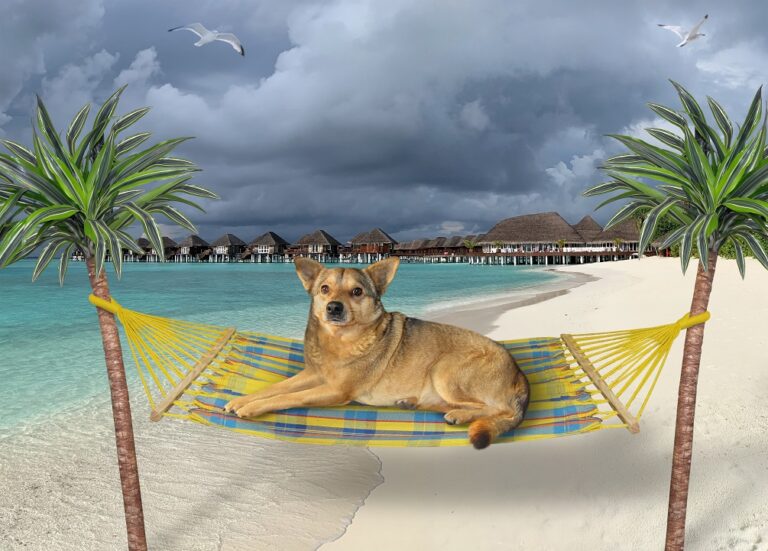

I am going on a two-month-long trip to Nepal, India, and Maldives. I would likely spend the most time in India and the least in the Maldives. I have a pet dog and I don’t like leaving him in someone else’s care at home. My dog fits all the requirements of different airlines and I have all the paperwork but I am unsure whether I could take my dog to these countries?
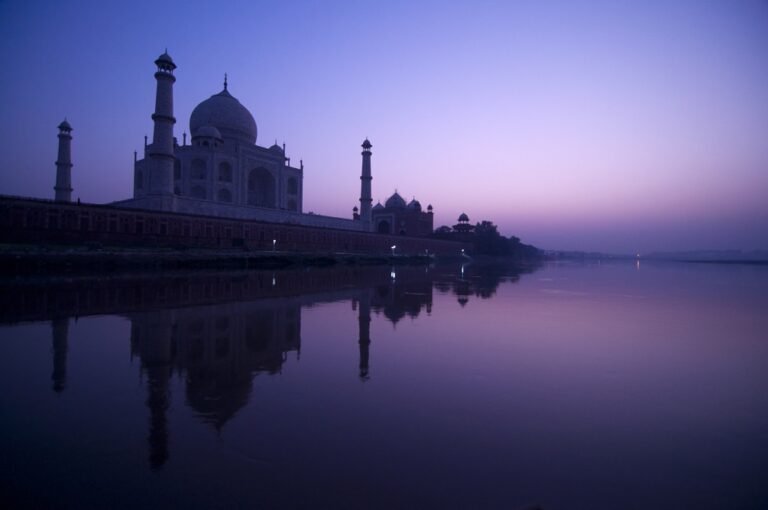



A big group of us have booked a stay at the 36 Palms Boutique Retreat in Kerala. We\'re flying into Cochin International Airport. What\'s the best way to get from Cochin International Airport to the 36 Palms Beach Resort?
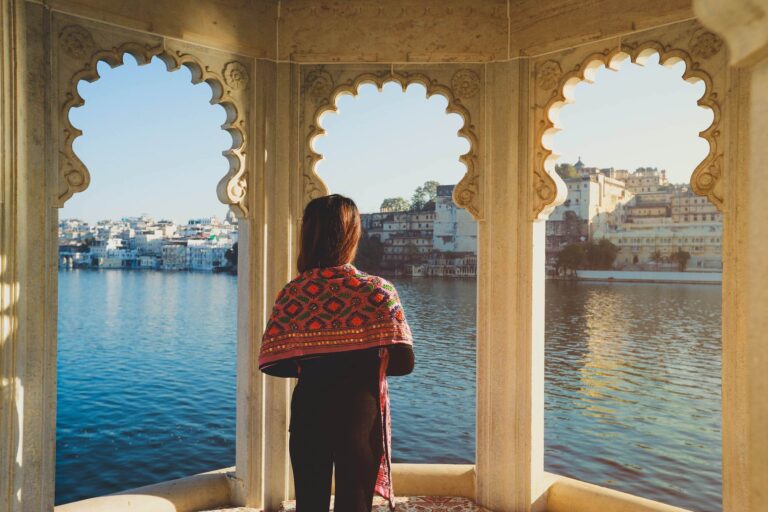

I am a woman and plan to travel to India alone. However, after reading stories online, I now have concerns about my safety. Is it dangerous to travel to India as a woman? What should I watch out for?
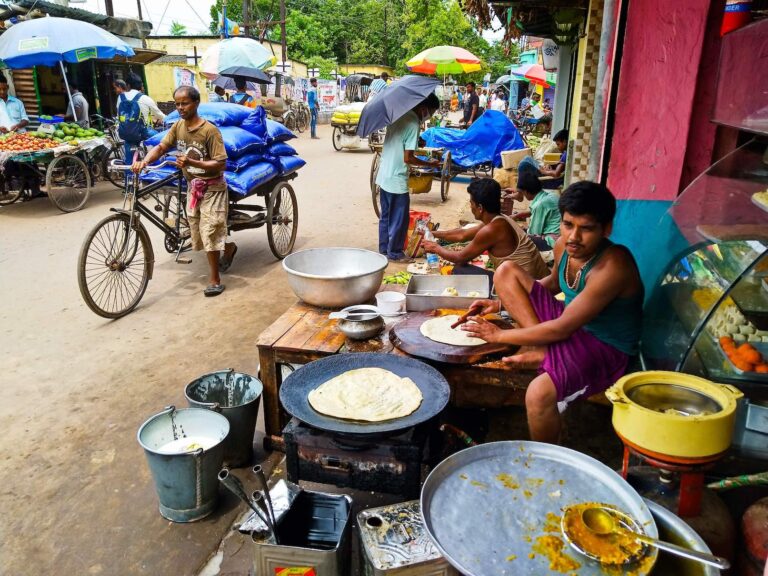

I am planning to go to India with my family and we want to try out some Indian food. I have read about hygiene issues in India and would like to ask for advice. Is street food in India safe or should I eat at established restaurants only?
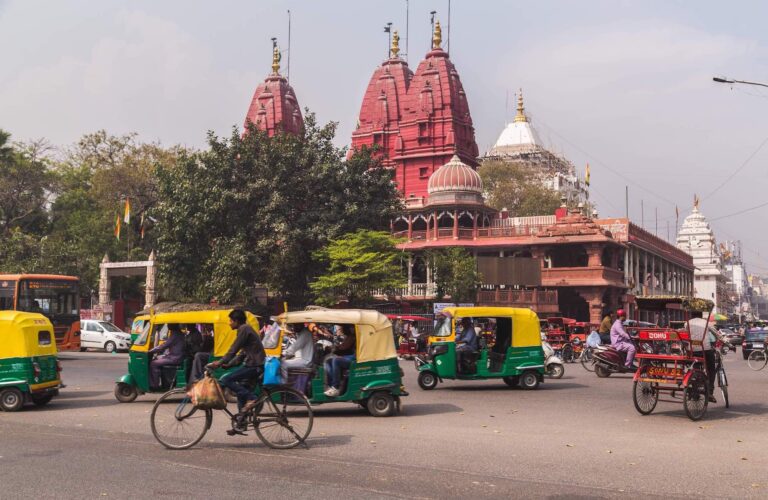

I am a Westerner who wants to travel to India with my partner. However, I have heard that India is dangerous for Westerners. Is India safe for Westerners or should I avoid it?


